These 2 skin conditions may indicate diabetes
By naturopath Margaret Jasinska
The incidence of type 2 diabetes is rising at a frightening pace, particularly in younger people. Younger people may not see a doctor regularly for a check up and blood test. They might be unaware they have diabetes.
Approximately 280 Australians develop diabetes each day. Currently nearly 2 million Australians have diabetes, but it’s estimated that up to half of the cases of type 2 diabetes remain undiagnosed. By 2031 it is thought that 3.3 million Australians will have type 2 diabetes. Both type 1 and type 2 diabetes are becoming increasingly prevalent, but most diabetics in this country have type 2 diabetes.
The symptoms of type 2 diabetes can be very mild and some people get no symptoms at all until their diabetes is at an advanced stage and irreversible damage has been done to their body. The earlier diabetes is detected and treated, the better chance you have of avoiding the complications of the disease.
Diabetes is a terrible disease; it can greatly reduce the quality of your life, make you more prone to several serious diseases and cut your life short prematurely. High blood sugar over a sustained period of time has many detrimental health consequences, therefore, the longer a person has diabetes, the worse the health consequences. The complications of type 1 and type 2 diabetes are usually the same.
You are probably well aware that diabetics are very prone to cardiovascular disease; in fact, people with diabetes are three to four times more likely to die of heart disease than non-diabetics, even if they have normal blood pressure and cholesterol levels. Diabetes is also a very common cause of kidney disease; this can result in the need for dialysis and an eventual kidney transplant. Diabetes causes disease of the large and small blood vessels, which impairs circulation of blood to organs and limbs; this can result in infections and the death of tissue, requiring an amputation.
The high blood glucose levels in diabetics can damage the nerves, resulting in gradual degeneration of the peripheral nerves, called neuropathy. This causes loss of sensation and weakness of the limbs. It can also cause bladder and bowel dysfunction. The better control you have over your blood glucose level, the less likely you are to experience diabetic complications.
The two skin conditions below are common. You may have them yourself. That doesn’t necessarily mean you’re a diabetic; it means you’re at increased risk of developing type 2 diabetes at some stage. The skin conditions are indicators of insulin resistance (hyperinsulinaemia), which is a forerunner to type 2 diabetes.
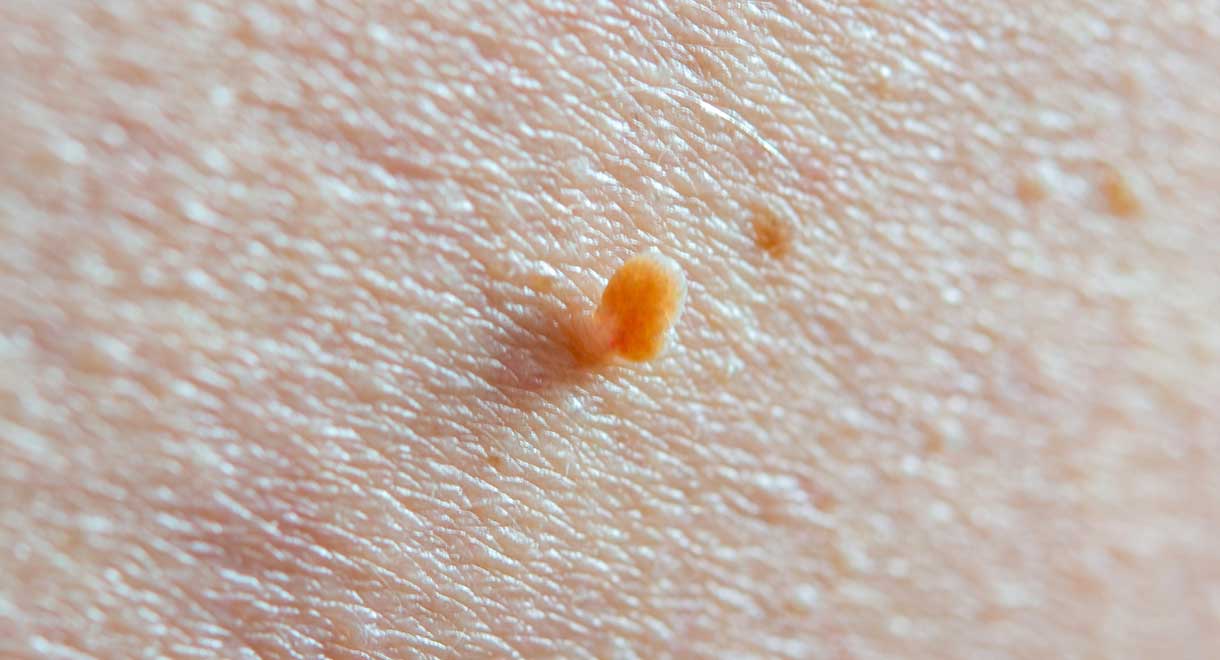

Skin tags
These are very common in overweight people and typically develop on the neck, armpits, eyelids and groin regions. They are a piece of skin that projects from the surrounding skin and may be smooth, irregular, flesh coloured or darker. Skin tags can be simply raised above the skin or they can be attached by a stalk. Skin tags are a good indicator you may be suffering from insulin resistance and probably have a high triglyceride and/or low HDL cholesterol level. Losing weight and lowering blood sugar can actually cause the skin tags to drop off.
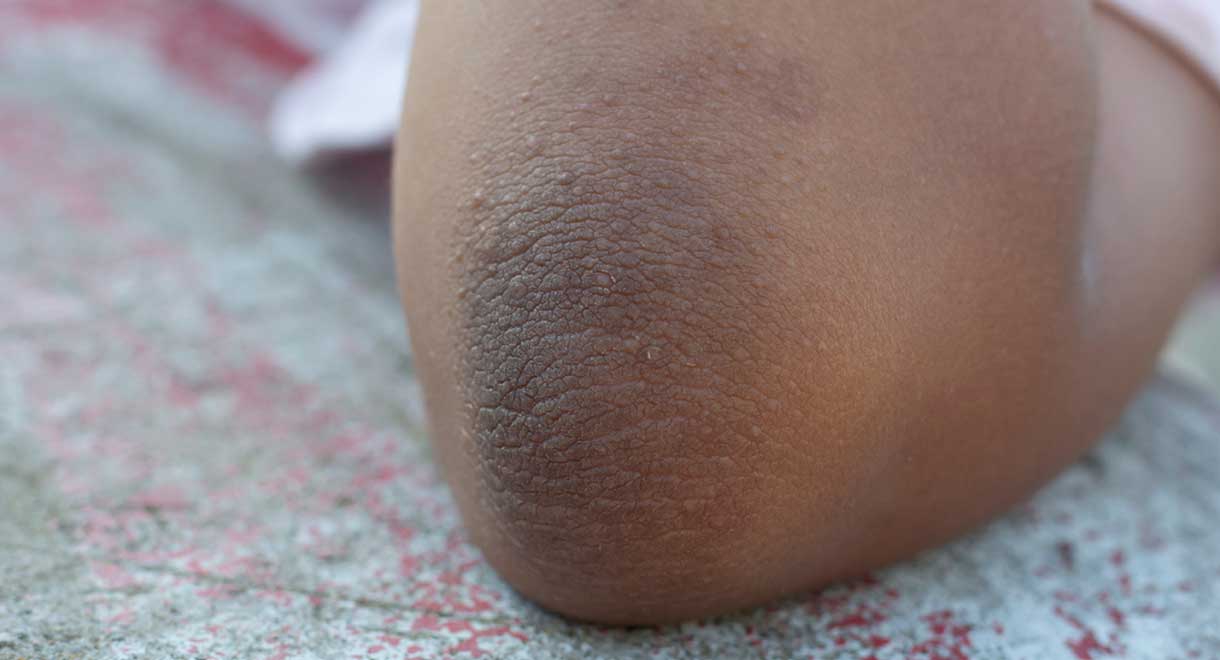

Acanthosis nigricans
This is a thickened, darkened area of skin commonly found on skin folds. It usually occurs on the back of the neck, under the arms, under the breasts, at the belt line and in the groin. The skin can look brown and leathery. The condition is commonly found in people who are overweight, have type 2 diabetes or polycystic ovarian syndrome.
How to reduce your risk of type 2 diabetes
- Keep your liver healthy. A healthy liver is very important for blood sugar control. This is because the liver can store glucose and fat, and also produce glucose and fat. You want your liver to be good at fat burning. People with a healthy liver have a fast metabolism and don’t gain weight as easily. A healthy liver also helps to control your blood sugar level. If you have not eaten for several hours, your liver is supposed to release some stored glucose into your bloodstream to give you energy and keep hunger at bay. People with a sluggish liver struggle with this and they often feel excessively hungry, weak or irritable if they have gone several hours without food. It makes sticking to a diet extremely difficult! To help improve your liver health I recommend you follow the diet in Dr Cabot’s book Fatty Liver You Can Reverse It.
- Reduce your carbohydrate intake. Insulin resistant people cannot handle common levels of carbohydrate in their diet. They over secrete insulin in response to eating carbs and they are less likely to feel satisfied after a meal, therefore tend to over eat. That means carbohydrate needs to be restricted in the diet. It is best to get your carbohydrate from vegetables. There is an easy to follow low carbohydrate eating plan in Dr Cabot’s book I Can’t Lose Weight and I don’t know why. Protein is the most important nutrient for those wanting to lose weight and reduce their blood insulin level. It is critical to eat protein at every meal because it is extremely satiating. It will help to make you feel more full and satisfied after a meal, and keep you feeling satisfied for longer. This way sticking to a healthy diet won’t be so much of a struggle. Examples of protein include eggs, seafood, poultry and red meat. Dairy products, nuts and seeds contain smaller levels of protein. Protein powders can be extremely helpful for those wanting to lose weight because they provide a quick, tasty and easy meal option for busy days. A protein powder smoothie can also make a delicious and filling snack mid morning or in the afternoon, when you might be struggling with sugar cravings.




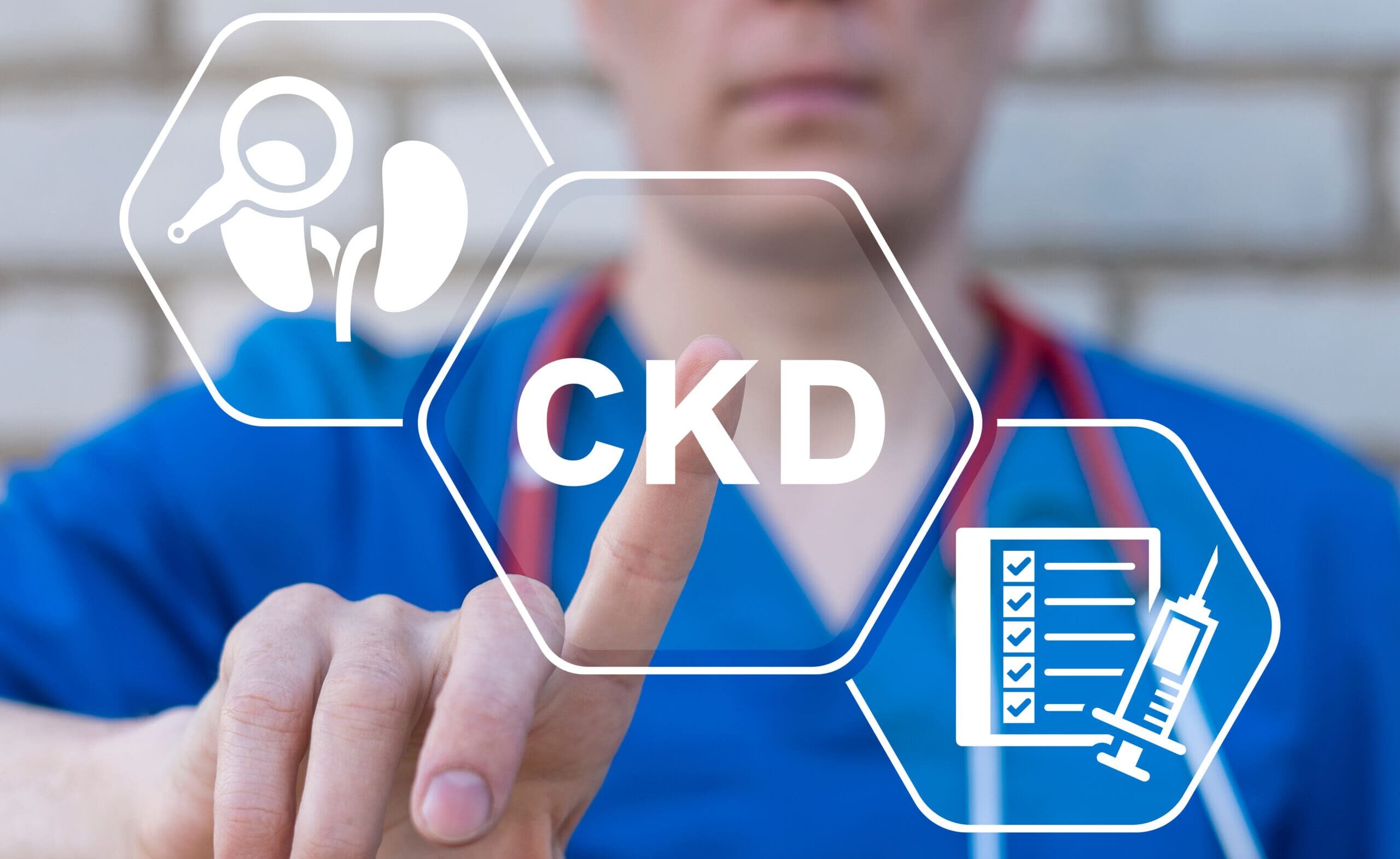


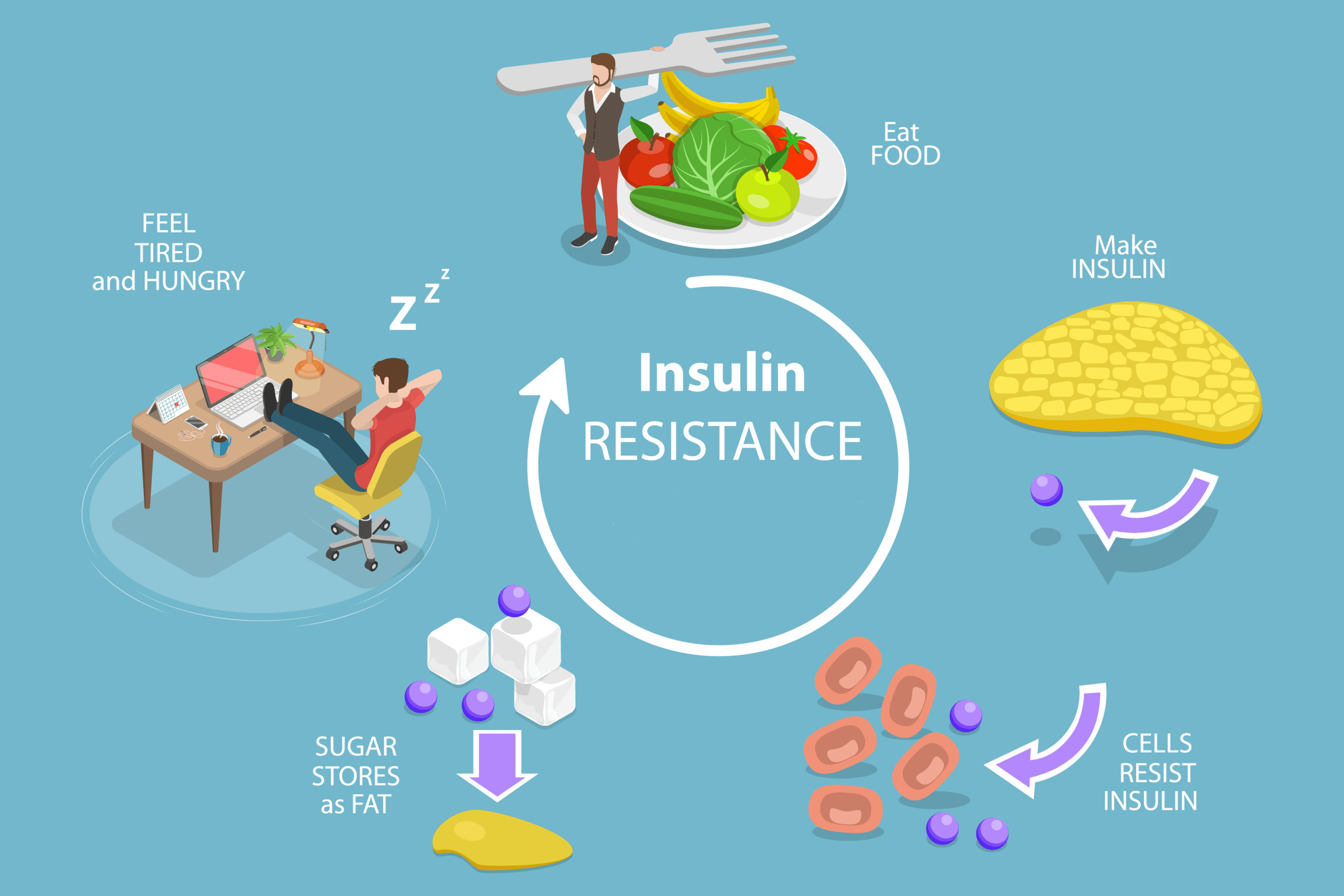
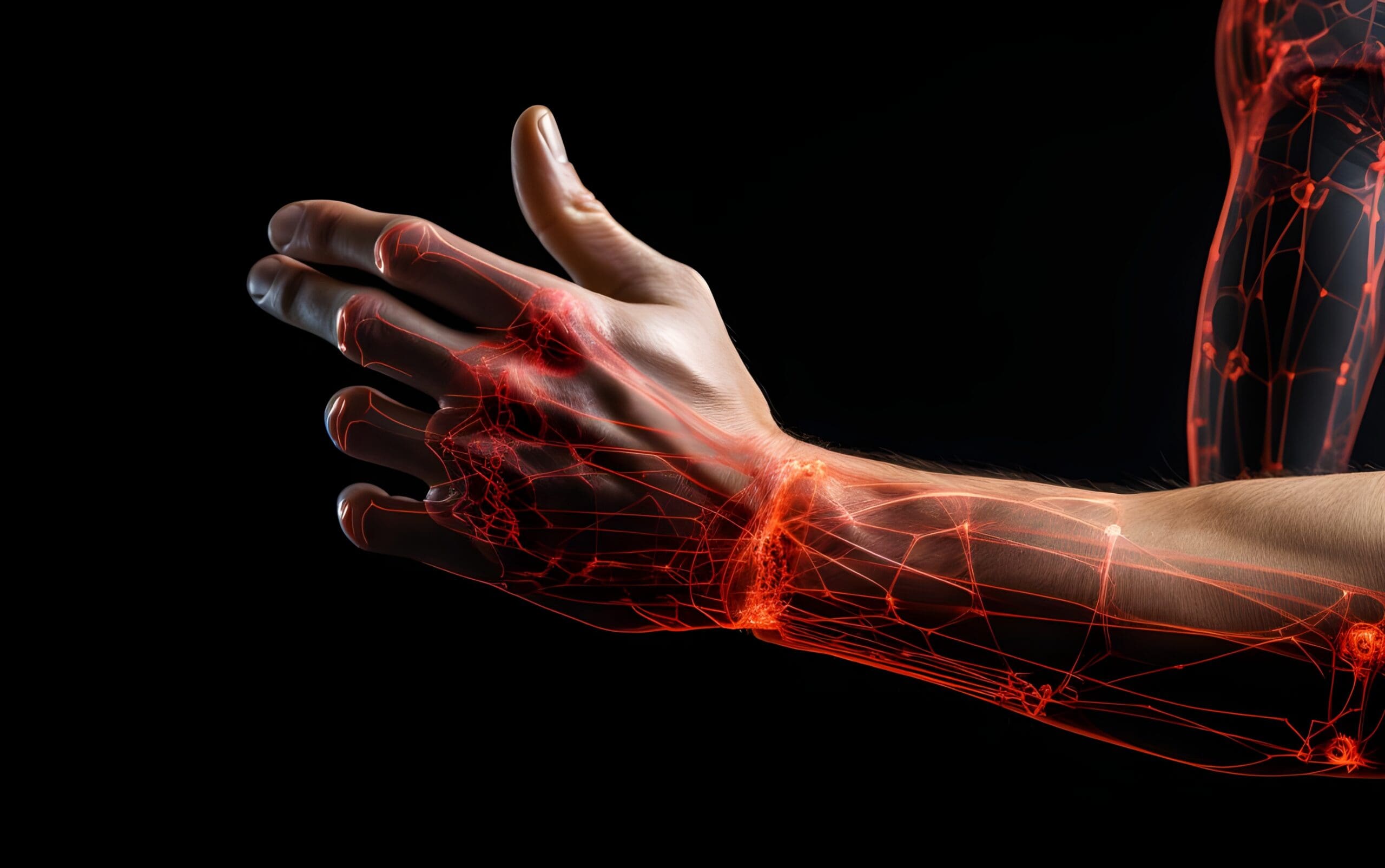
Thank you that was very interesting I did not know about skin tags being related to diabetes.